Technology explained: here's how the A8 chip makes the Apple iPhone 6 click and tick
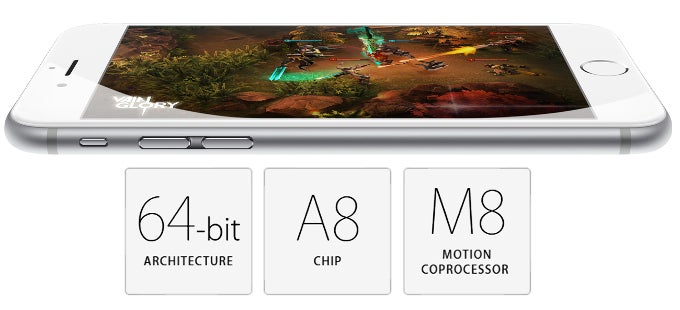
Although certain aspects of it are still shrouded under a bulky veil of secrecy, Apple's newly-designed 64-bit A8 SoC surely deserves some attention, as it's the heart that churns the gears of the newest iPhone duet, the iPhone 6 and the iPhone 6 Plus. Being arguably the most important hardware aspect of nowadays' smartphones, a SoC might either “make or break” a given device, thus the gradual evolution of the silicon inside a smartphone is one of the more important upgrades.
Several days ago, Tim Cook took the stage and unveiled the newest iPhones, which are unsurprisingly being powered by the newest Apple SoC – the aforementioned Apple A8. It is a successor to the A7 one, which churns the gears of the iPhone 5s, whereas the latter's toned-down variation relied on the A6 chip. This year Apple has taken a tad more different approach and has equipped both of its new champions with its latest silicon. We already gave you an in-depth look of the improved display of the iPhone 6, but now we decided to take a closer look at the A8 SoC and find what makes it such a "core" aspect of Cupertino's newest products.
Apple A8's CPU and manufacturing technology
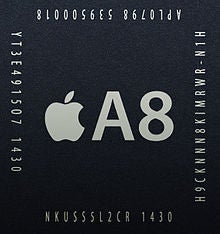
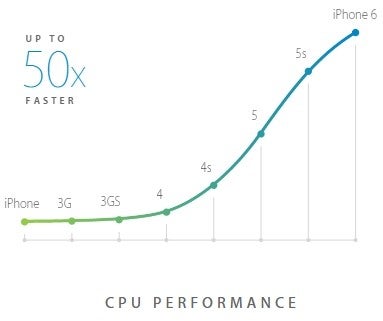
Apple, on the other hand, says that its A8 chip is 50% more more efficient that the previous generation, the A7. Despite being slightly smaller, the A8's processor has some two billion transistors inside, roughly two times more than the ones in A7's CPU. During the keynote on September 9, the Apple A8 SoC was lauded as being 50x faster than the one in the very first iPhone, but this comparison was a pretty long shot.
Apple A8's GPU

During Apple's official announcement, quite a lot of time was dedicated to the graphics-processing capabilities of the iPhone 6 and the iPhone 6 Plus, which will most probably allows their users to entertain themselves with some pretty eye-watering and smoothly-running games. This will be possible thanks to the graphics co-processor inside the A8. Although Apple mum's the word, we are most probably dealing with a PowerVR GX6650 GPU unit. It has some six USCs (Unified Shading Clusters), based on PowerVR's own Rogue architecture, and the whopping 192 cores. Apart from being a top performer in graphics chewing, the PowerVR GX6650 is also one of the manufacturer's most power efficient GPUs.
The graphics processing unit found in the iPhone 5s was also manufactured by PowerVR (a PowerVR G6430 one), but we'll have to wait for some graphics benchmarks between the iPhone 5s and the iPhone 6. Apple also didn't give any statistical data about the performance of the GPU in the Apple A8, yet only claimed that its performance is no more or less than 84x times higher than the one of 2007's Apple iPhone.
However, we found that while the iPhone 5s' GPU (the PowerVR G6430) accounts for 153.6 / 230.4 GFLOPS at a 600MHz clock rate, the PowerVR GX6650 runs circles around it with 250/500 GFLOPS at 650MHz - at least on paper, the iPhone 6 is a much better graphics-munching beast in comparison with its predecessor.

Thanks to advanced on-demand scheduling, the PowerVR GX6650 GPU is touted as being 'ahead of the pack' when it comes to power efficiency.
Apple A8's motion co-processor - meet the M8
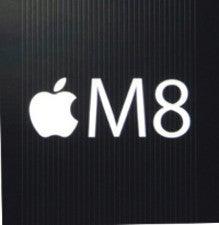
These functionalities of the M8 co-processor pave the way for HealthKit's unobstructed work. HealthKit is Apple's take on the trendy-of-late monitoring of fitness activities and health data. Normally, the SoC would have been the workforce behind HealthKit, but this might not have a positive effect on the battery life. Fortunately, the power-efficient M8 co-processors is in charge of these wellness-centric functionalities. As sound logic suggests, this will surely help the iPhone 6 and iPhone 6 Plus save some battery life here or there.
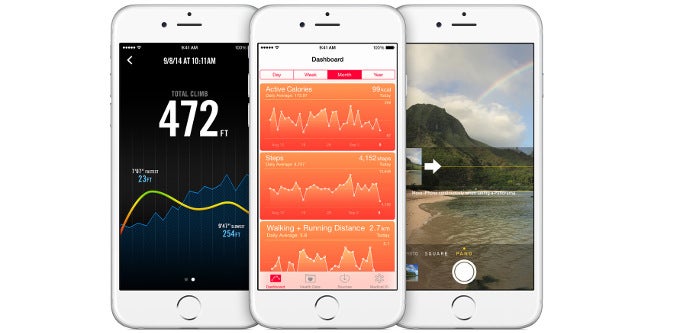
Apple A8 and the iSight camera
A lot of time was dedicated to the improved iSight camera of the iPhone 6 and the iPhone 6 Plus during the keynote at September 9. Apart from the improved hardware, Apple revealed that the camera will benefit from the raw processing power of the A8 SoC even more. This will happen thanks to a newly-designed video encoder and an improved image signal processor that are on board the A8 silicon. Thanks to them, iFans will be able to make use of new fancy features, such as Focus Pixels, a better face detection and continuous auto-focus (which is a phase-detection one). The seamless collaboration between the Apple A8 and the iSight camera will also produce images with less noise and, naturally, better overall quality. The newly-implemented 240fps slow-motion video-shooting mode is most probably also courtesy of the collaboration between the A8 and M8 goodnesses.
Apple A8 and battery life
All in all, we took a deeper look at the new features in the A8 SoC, save for one, arguably the most important to the ordinary user. We are speaking about battery life, the Achilles' heel of almost any smartphone. Despite the deep optimization between hardware and software, the iPhone 5s with its 1570mAh battery was not among the top-performing champions when it comes to battery life. Well, we still can't say with certainty if the iPhone 6 and the iPhone 6 Plus will be miles ahead of it in terms of battery efficiency, but we can speculate, based on the bits of information that Apple has officially provided us with.While we took a deeper look at the Apple A8, you may have noticed that we repetitively used a given word in most of the paragraphs - "power efficiency". Starting from the new 20nm manufacturing process of A8's CPU, moving on to the more powerful, yet more efficient GPU, and concluding with the battery-friendly M8 co-processor, it becomes apparent that Cupertino has decided to amp up the game of the iPhone 6 in the battery life department. If we consider this allegedly-improved overall power efficiency alongside the bigger, 1800mAh battery of the Apple iPhone 6, we can expect Cupertino's newest flagship to have a much better battery endurance. The iPhone 6 Plus, with its more-than-adequate 2915mAh battery, will most probably deliver as well.
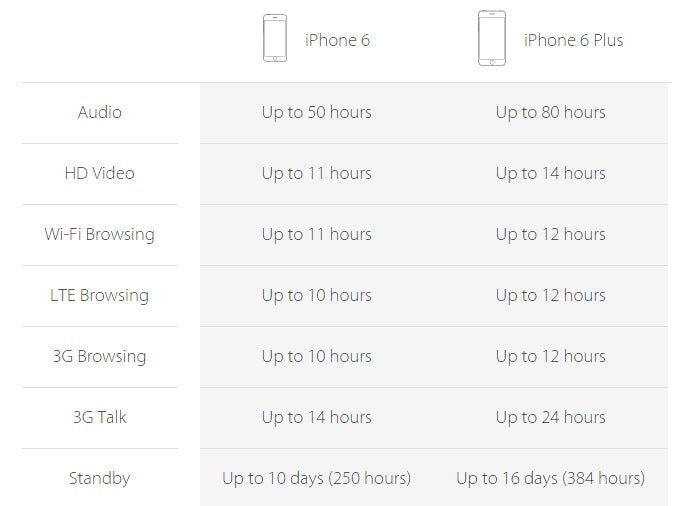
reference: Apple, TSMC, PowerVR (1), (2), AnandTech
Follow us on Google News






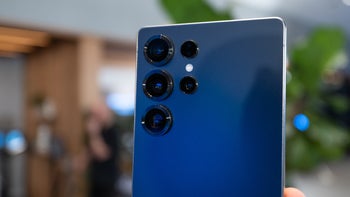





Things that are NOT allowed:
To help keep our community safe and free from spam, we apply temporary limits to newly created accounts: